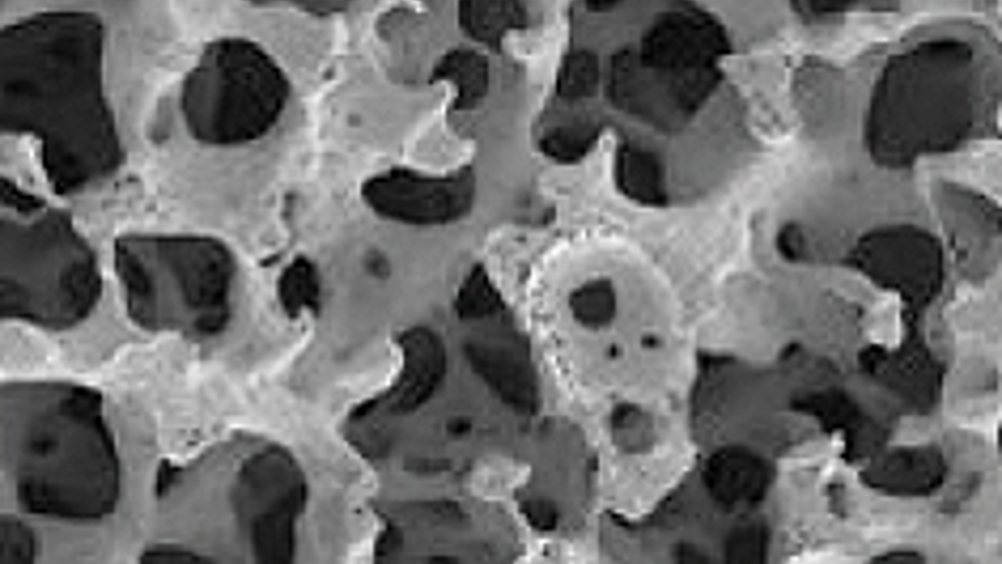The project is a collaboration between the Institute of Medical and Biological Engineering at Leeds University and the Department of Archaeology and Anthropology at Bristol University, and is being funded by the EPSRC.
Spines from up to 40 skeletons housed in museums and university anatomy collections are currently being analysed for subtle variations in size and shape.
The researchers will use micro-computed tomography (micro-CT) to build up three-dimensional models of the spines that can then be incorporated in sophisticated computer simulations.
Dr Kate Robson Brown from Bristol said data provided by the old bones will be used to supplement similar data collected from bodies donated to science, which are limited in number and mainly come from older age groups.
‘The wider the pool of spinal data at our disposal, the more effective the computer models will be in terms of demonstrating the impact of treatments on different back conditions and back types,’ she said.
The models will then be used to evaluate the potential impact of new treatments and implant materials, such as keyhole spinal surgery and artificial disk replacements, before they are used in patients.
Ultimately, the models could be used to pinpoint the type of treatment best suited to an individual patient.
’The idea is that a company will be able to come in with a design for a new product and we will simulate how it would work on different spines. The good thing about computer models is that we can use them over and over again, so we can test lots of different products on the same model,’ said Dr Ruth Wilcox, from Leeds.











Construction industry lags in tech adoption
Are these the best people to ask "Insights from 2,000 Industry Leaders"? - what would their customers views be like (perhaps more...